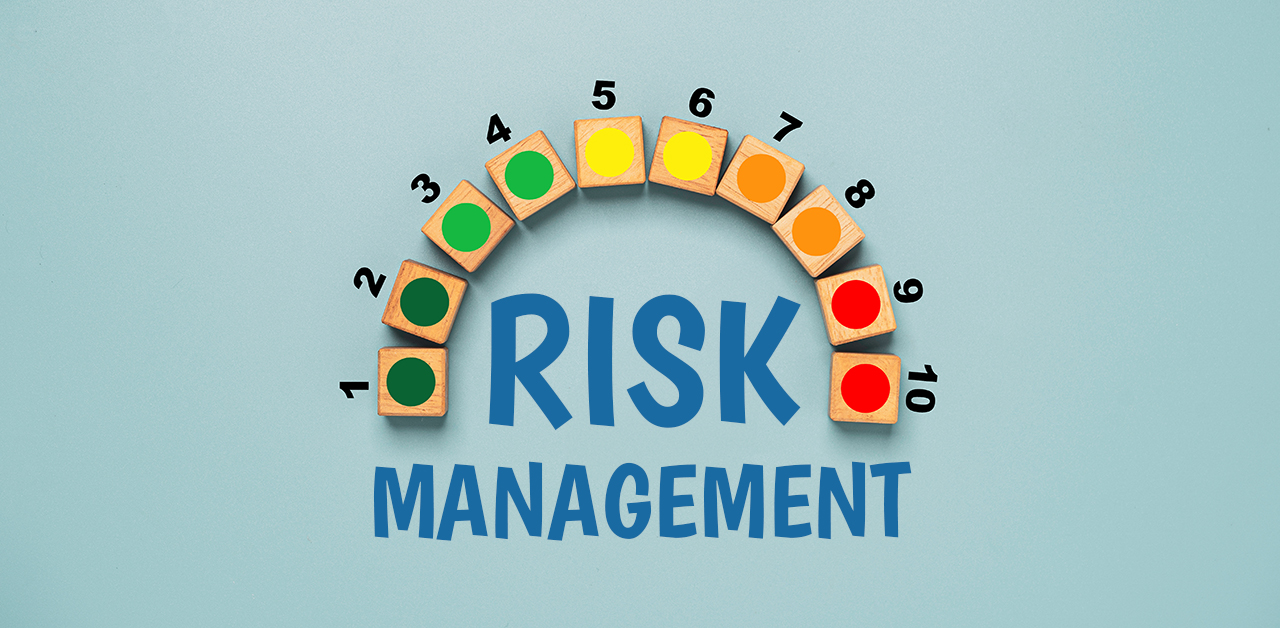In the 1980’s and 90’s, most offices moved to a work station approach. Each employee had a key board and a monitor. That style of office was considered “advanced” for its time, as everyone had their own workstation. Similar to what employees do in today’s modern office, you’d just tap a few keys to wake up the terminal. Then you’d log on with your username and password. Offices were wired via telephone lines and data lines to a large mainframe computer that was typically in the back of the building in its own separate room. The mainframe was a big computer – the size of a couple of gym lockers. They had large reels that looked something like what a movie projector would use. They’d spin occasionally and then stop and spin again. The floor under the computer was raised up off the main floor and underneath was a whole lot of cabling. The room required its own AC unit to keep everything cool, and humidifiers that kept the room’s moisture at a precise level. Back at the work stations, with the keyboards and monitors, there was also email and word processing. The screen displays were either a burnt orange or faint green. There were no fancy color monitors and certainly no internet connection. The mainframe computer would do routine backups, keeping track of everything that was done. Every night, an IT guy would remove the reels, seal them up in a canister and then write the date on the canister. They were typically kept secured in a locked cabinet in the computer room. Then once a week or so, someone would come and pick up all those canisters and take them off-site to keep them safe. That was the extent of most offices’ data security back then.
The office computer environment would continue to evolve through the 1990’s. The large mainframe computers were eventually removed as almost every desk would get its own PC where everything was stored. Everyone was wired together creating a network. There was also a simple version of email, but the employees were only connected to those in the office. All your work was stored on the computer on your desk, and employees had to “back-up” everything to another drive that was stored offsite. A few people received laptops and had docking stations to plug into. The laptops weren’t as fast as the PCs and they didn’t have the memory capacity nor did they last as long. Needless to say, the IT guys didn’t like them very much, due to the fact that they were more expensive and they had to replace them more often. As the 1990’s gave way to the year 2000, and a new millennium, the laptops got faster and their memory storage became larger. They became more durable, and more and more laptops appeared. For the first time, desktop PCs started to be taken out of commission, and were recycled. Then along came the internet. Now, employees weren’t just connected to those in the company’s network, they were connected to everyone and everything. And then, some 15 years or so later, cloud computing was introduced into the IT world. People operated just like normal on their laptop and they backed everything up to “the cloud.”
Data Center – Circa 2016
That brings us to the new “modern” office, which completes the circle. Some offices are back to only terminals and keyboards at employees’ desks, and all information is stored in a storage system that’s not even in the office. Networks no longer just connect people in the same office or the same company, but with people all over the world. Instead of that secured room in the back, with the special raised floor and ventilation system, most storage devices of today are in large secure buildings, out on the edge of the city, or even in another state all together. It doesn’t just have a room designated to store data, but entire floors. And in some cases, multiple buildings were built, just to house the servers that store all the data. The data is exchanged over high speed fiberoptic lines. The main frame computer now stores more data than ever before. Servers are also moving data faster than anyone could have ever imaged 40 years ago. But through all the changes, the office workstation setup is basically the same: a key board, a monitor, a network and a storage system. As much as technology changes, somethings will keep coming back around – just bigger – and faster.


